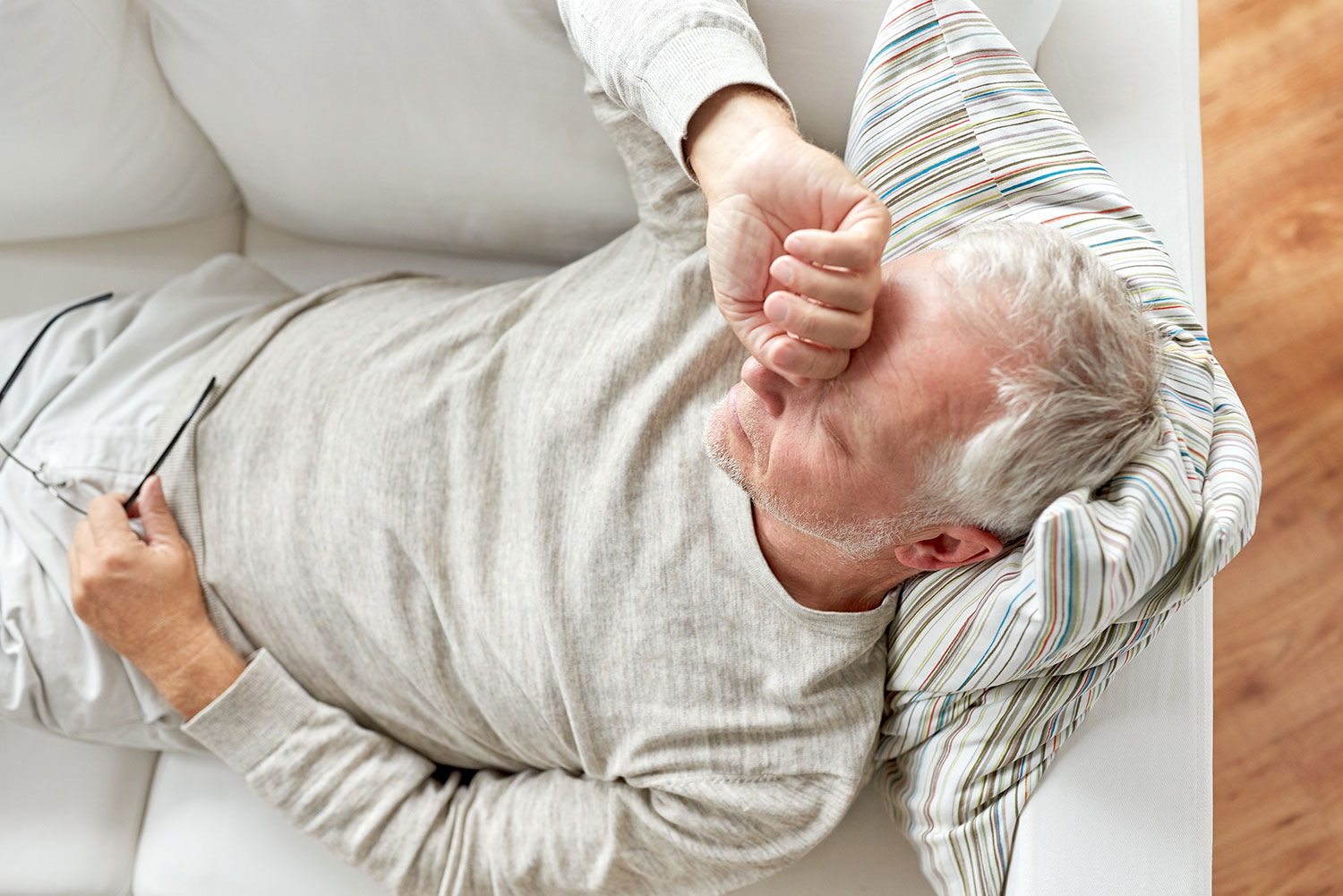You've probably seen the ads, urging you to get checked for low testosterone, or "low T," if you're feeling tired and moody or your sex drive isn't what it used to be.

Those, in fact, can be symptoms of low testosterone. But they can also be symptoms of lots of other problems, ranging from depression to diabetes, so you really need to see a doctor before you jump to any conclusions.
Testosterone is a hormone produced in the testicles that is responsible for male characteristics that develop during puberty: facial and body hair, deepening voice, growth of the penis and testicles, and increased muscle mass.
Testosterone levels gradually begin to decline as men age, but for most men still remain at what is considered a normal level—above 300 nanograms per deciliter. The Urology Care Foundation reports that about 2% of men have low testosterone levels.
Signs of low testosterone
Multiple symptoms can point to a low level of testosterone, including:
- Difficulty having or maintaining an erection
- Low bone density
- Hair loss, not just on the head but on the face and other parts of the body
- Shrinking testicles
- Depression and moodiness
- Low sex drive
- Fatigue, even after a good night’s sleep
- Loss of muscle density
- Reduction in the amount of semen produced
- Hot flashes
- Increase in body fat, including sometimes in the breasts
- Anemia, or low levels of iron in the blood
- Memory and concentration problems
Testing for low testosterone
If your doctor thinks you might have low testosterone levels, a blood test can help verify that. Testosterone levels fluctuate throughout the day and are usually highest in the morning, so you’ll probably be scheduled for a blood test early in the day.
Getting treatment
If your testosterone levels are low, your doctor may prescribe supplemental hormones.
Options may include:
- A testosterone patch that you put on different parts of your body, such as arms, back, belly, and buttocks.
- Testosterone gel that you put on your upper back or arms every day.
- Pellets implanted under your skin every couple of months.
- Testosterone injections into a muscle every 10 to 14 days.
It’s important to get treatment if you need it, to preserve your bone strength and help with any other low-T symptoms you’re having.
But whatever you do, don’t resort to buying products online. You need to be under a doctor’s care. Your doctor will want you to come for follow-up visits to make sure the levels are where they should be and that you aren’t having any troubling or dangerous side effects.
If you have concerns about testosterone levels or any other urological issues, the staff at Affiliated Urologists are happy to talk with you.
Affiliated Urologists is an award-winning practice recognized both locally and nationally that has provided service to patients in Phoenix, Scottsdale, and surrounding communities in the Valley, for over 40 years. The physicians emphasize top-of-the-line comprehensive urological care and strive to deliver the highest outcomes for patient satisfaction. To make an appointment, call 602-264-0608 or contact us for instructions on scheduling an appointment.
The advice and information contained in this article is for educational purposes only, and is not intended to replace or counter a physician’s advice or judgment. Please always consult your physician before taking any advice learned here or in any other educational medical material.



